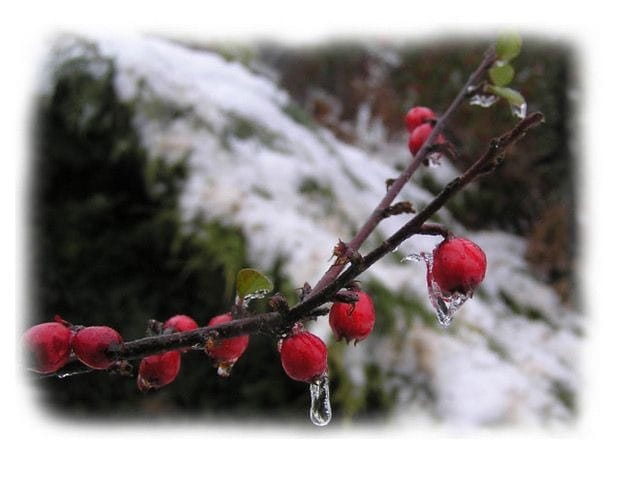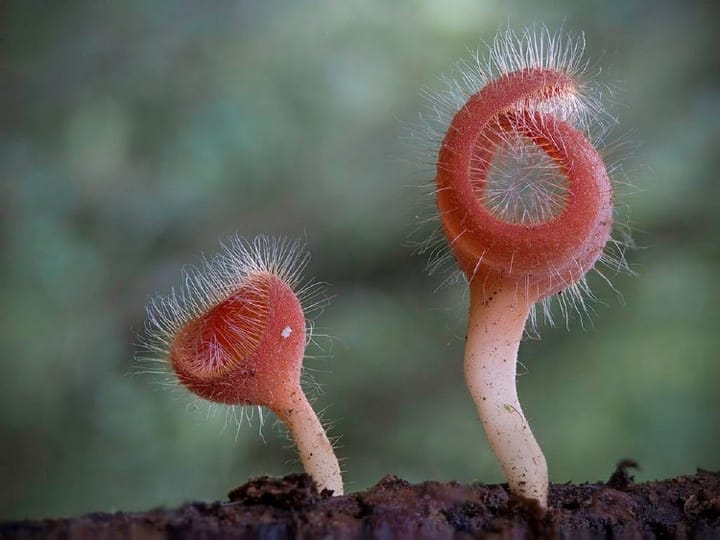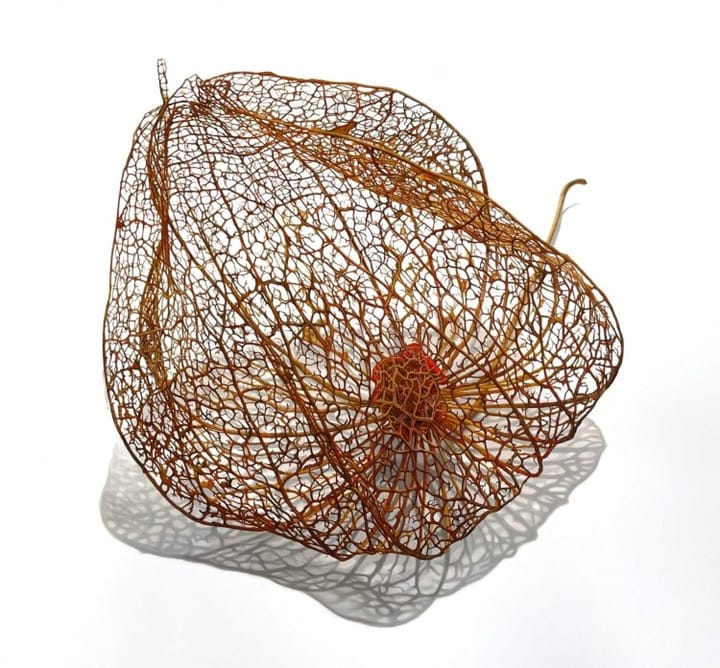The Art of Creation: Ready for Winter but not for Spring
February 10, 2022 - Have you ever wondered how trees survive below-zero weather or why an early warm spell followed by freezing temperatures can kill trees that survive far colder temperatures in a usual winter? The answers are astounding with powerful implications for our faith. By Christine Sine

Today we welcome Circlewood friend, Christine Sine, as a guest writer to our Thursday The Art of Creation column. We are so glad to be able to share her words with you today!
This post was originally published on Christine's blog, Godspacelight.
The last few weeks seem to have been particularly hard for those who live on the East Coast of the U.S. and Canada. Bomb cyclones, epic blizzards and ice storms have battered many regions and, even in Florida, freezing weather has meant my friends needed to bring sensitive succulents inside.
Here in Seattle, the last few days have been fairly mild with some days in the 50's. Our snowdrops and crocuses are in flower and soon, we will have daffodils as well. It is probable that we will also have cherry blossoms early this year. So, I am keeping my fingers crossed that we do not get a late freeze in March or even April. If we do, it could kill our fruit trees, because this mild weather has lulled them into believing that spring is already here, and they will become vulnerable to any more winter blasts.

It's not just the humans that need to be prepared either. Even the trees have work to do in the lead-up to winter in preparation for the icy blasts.
Have you ever wondered about how they survive below-zero weather or why an early warm spell followed by freezing temperatures can kill trees that survive far colder temperatures in a usual winter?
The answers are astounding, with powerful implications for our faith.
"…trees are large, tall, and immovable. They have no choice but to face everything winter can throw at them. And yet, as you travel north throughout the world one thing is ubiquitous: Forests. Primarily (but not exclusively) coniferous. Trees are nearly the last things to give up the ghost as we approach the north pole, and the dense, boreal forests of Canada and Russia (which survive some of the coldest, snowiest conditions on the planet) are an iconic image of winter in our minds." [1] (Read the entire article here)
A tree begins to prepare for winter far in advance of the icy blasts. In August as the days begin to shorten, chemical reactions occur in the tree, signaling the need to slow down, stop growing, and get ready. It is this that produces the vibrant colours of autumn. At the same time, deciduous trees set buds that contain next year’s leaves and flowers, and then go into a dormancy, at least above ground. In some species, the roots continue to grow, strengthening the tree as they search out water that has not frozen. That is one reason it is always good to plant trees and bushes in autumn rather than spring. Those long cold months of dormancy give them a chance to grow deep roots.

The chemical changes that a vibrant autumn signals are not enough, however, to cope with the destructive force of freezing water that can send sharp, penetrating icicles through cell membranes anywhere. That, too, a well-prepared winter-hardy tree knows how to cope with. As the weather cools, the concentration of sugar in each cell increases dramatically and the plasma membrane becomes more flexible. It’s as though it produces its own sugary antifreeze that embraces the precious cell contents and keeps it safe until spring.
The sap of the sugar maple, which is tapped for maple syrup, is a particularly good example of this. There is a reason those hardy maple syrup producers brave the bitter cold to tap the trees. The trees are usually best tapped from February until April. Unfortunately for those of us who love maple syrup, “climate conditions for sugar maple have deteriorated over the 32-year time span of our climate data (1981-2012)” [2] As winters warm and become more variable, the syrup is often ready to be tapped earlier, but it might also fail to achieve the wonderful sweetness we so enjoy. Production of the best quality maple syrup will be pushed further north. So, next time you enjoy a good breakfast of pancakes and maple syrup, think about what you could do to help reverse climate and slow the loss of maple trees.
This antifreeze mechanism doesn’t just operate in maple trees; it is an adaption that most winter hardy trees have. Without it, their sap would freeze, and branches would die. As climate changes, those wonderful northern forests are likely to change. “Some tree species are migrating uphill and northward as temperatures increase, while other species are migrating downhill, and westward as changing precipitation patterns create drier conditions.” [3]
In our lives, too, during the hard winter seasons, we often feel all that is sweet within us has withdrawn to some inner hidden place. We want it to flow and fill us again, without realizing that its very retraction is what keeps the goodness within us alive. If we let it flow too soon, we will not be able to withstand the winter blasts.
As I read this last week, I was overawed at the creativity and adaptability of God’s creation, and I thought – how do I prepare for the times of winter that inevitably come to my life? Do I know how to recognize the first signs that winter is approaching, so that I too can hunker down and allow my spirit to rest without feeling that I need to keep growing and producing? Or, even more challenging, am I willing to form buds that need to wait until next year to grow and produce?
Or perhaps I get impatient and let flowers burst into bloom too soon. If those buds that were set in August start growing prematurely, they will be destroyed by the next icy winter’s blast. The tree will produce no leaves or fruit next year. It has no chlorophyll for photosynthesis and is likely to starve and die.

This description resonates in my soul as I think of the wintery seasons I have journeyed through in my faith and how easily I can try to push something in my life into bloom before the season is right. I am reminded of the many seasons when God has set buds for next year’s growth, and I desperately want to see them spring into life. But God is saying, "not yet, wait for the lengthening of days and the warming of the air. In the meantime, enjoy the sweet sugary embrace of my protective presence that is intensifying at the centre of your being. Allow your roots to grow down to the deep water you will need for the coming summer and enjoy the peace of a world at rest."
So, as you sit in the midst of icy blasts wherever you are in the world or enjoy the warm milder winters of places like Seattle, ask yourself what you still need to do to survive the winter. Are you really prepared for the season God has you in?
Christine
You can reach directly Christine at seasickdoctor@gmail.com.
[1] Switek, Tracey, January 20, 2011, How Do Trees Survive the Cold? https://oleaeuropea.wordpress.com
[2] Cotnoir, Alexander, April 1, 2021, The End of Maple? Maple Sugaring Amid a Changing Climate, https://vt.audubon.org.
[3] Moore, Andrew, August 31, 2021, 5 Ways Climate Change Impacts Forests. https://cnr.ncsu.edu.




Comments ()